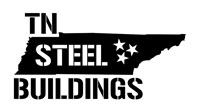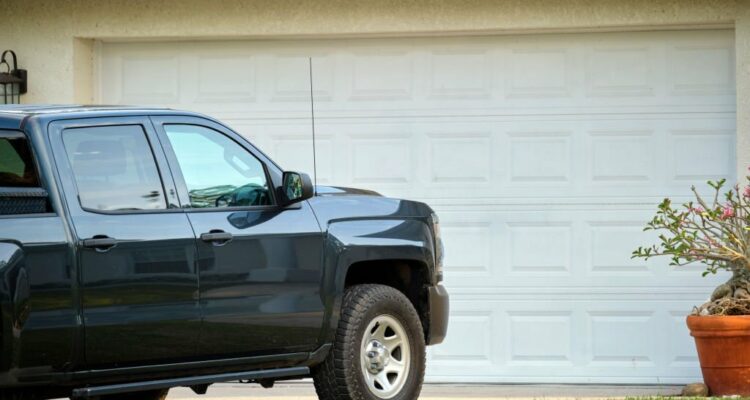Your vehicle is a valuable investment, and protecting it from the elements is crucial to maintaining its appearance and functionality. A high-quality carport can be an excellent solution to safeguard your car, truck, or recreational vehicle from rain, snow, hail, and the damaging effects of prolonged sun exposure. However, not all carports are created equal. This buyer’s guide will walk you through the key factors to consider when purchasing a carport to ensure you get the protection your vehicle deserves.
1. Material Matters
The first and most critical consideration when buying a carport is the choice of material. Carports are commonly available in metal (typically steel or aluminum), wood, and fabric. Each material has its own set of advantages and disadvantages:
- Metal Carports: These are durable and low-maintenance, making them an excellent choice for long-term protection. Steel carports are particularly sturdy and resistant to the elements, making them a popular choice for many buyers. Aluminum carports are lighter and highly resistant to rust.
- Wooden Carports: These offer a classic and rustic look, making them a good fit for homes with a traditional or natural aesthetic. Wooden carports can be stained or painted to match your home’s exterior, and they provide a more organic, integrated appearance.
- Fabric Carports: These are lightweight and easy to install, but they typically provide less protection against extreme weather conditions. They are a cost-effective choice for temporary shelter, such as for special events, but may not be ideal for long-term vehicle protection.
2. Size and Configuration
The size and configuration of your carport are essential factors to consider. Measure the dimensions of the vehicle(s) you plan to shelter to ensure your carport will provide adequate coverage. Take into account the length, width, and height of your vehicle, as well as any additional space you might need for storage or maneuvering. Consider whether you need a single-vehicle carport, a double-carport, or even a larger structure to accommodate multiple vehicles or other items like a boat or RV.
3. Roof Style
Carports come with various roof styles, each offering different advantages:
- Gable Roof: This style features a peak in the center and slopes down on both sides. Gable roofs are excellent at shedding rain and snow, and they provide a traditional and aesthetically pleasing look.
- Flat Roof: Flat roofs offer a modern and minimalist appearance, making them a popular choice for contemporary homes. However, they may not shed snow or rain as effectively as gable roofs.
- A-Frame Roof: This style is similar to a gable roof but with additional vertical supports. It combines the benefits of gable and flat roofs, offering effective water shedding and added support.
4. Anchoring and Stability
Ensuring your carport is stable and securely anchored is essential for safety and long-term durability. The anchoring method may vary depending on the type of carport and your local weather conditions. Consider using anchors such as concrete footings, ground stakes, or heavy-duty anchors to prevent the carport from being moved or damaged by strong winds or heavy snow.
5. Local Building Codes and Regulations
Before purchasing a carport, it’s vital to check with your local building authorities and homeowner’s association, if applicable, to understand any building codes, regulations, or restrictions that may apply to carport installation. Some areas may require permits or have specific guidelines regarding the size, location, and appearance of carports. Compliance with local regulations can save you headaches and potential fines in the long run.
6. Maintenance and Longevity
Consider the maintenance requirements of your chosen carport material. Metal carports are generally low-maintenance and highly durable, while wooden carports may require more upkeep, such as periodic staining or sealing to prevent rot and decay. Fabric carports are typically the easiest to install but may need more frequent replacement due to wear and tear.
7. Budget and Pricing
Your budget plays a significant role in the type of carport you can afford. Metal carports tend to be more expensive than wooden or fabric options due to their durability and longevity. While a higher-quality carport may come with a higher initial cost, it can save you money in the long run by providing better protection and requiring fewer repairs or replacements.
8. Additional Features and Customization
Some carports come with additional features such as walls, doors, lighting, or built-in storage options. These can enhance the functionality of your carport and provide extra security for your vehicles or belongings. Consider what additional features are important to you and whether the carport can be customized to meet your specific needs.
9. Installation and Assembly
The ease of installation can vary greatly depending on the type and size of the carport. Some carports come as DIY kits with detailed instructions for assembly, while others may require professional installation. Consider your own DIY skills and the complexity of the carport design when making your decision.
In conclusion, protecting your vehicle from the elements is essential for its longevity and appearance. A high-quality carport is an excellent investment in this regard. By considering factors like material, size, roof style, anchoring, local regulations, maintenance, budget, and customization options, you can choose a carport that not only safeguards your vehicle but also complements your home’s aesthetics. Don’t compromise on vehicle protection, and make an informed choice to ensure your carport is a valuable addition to your property.




